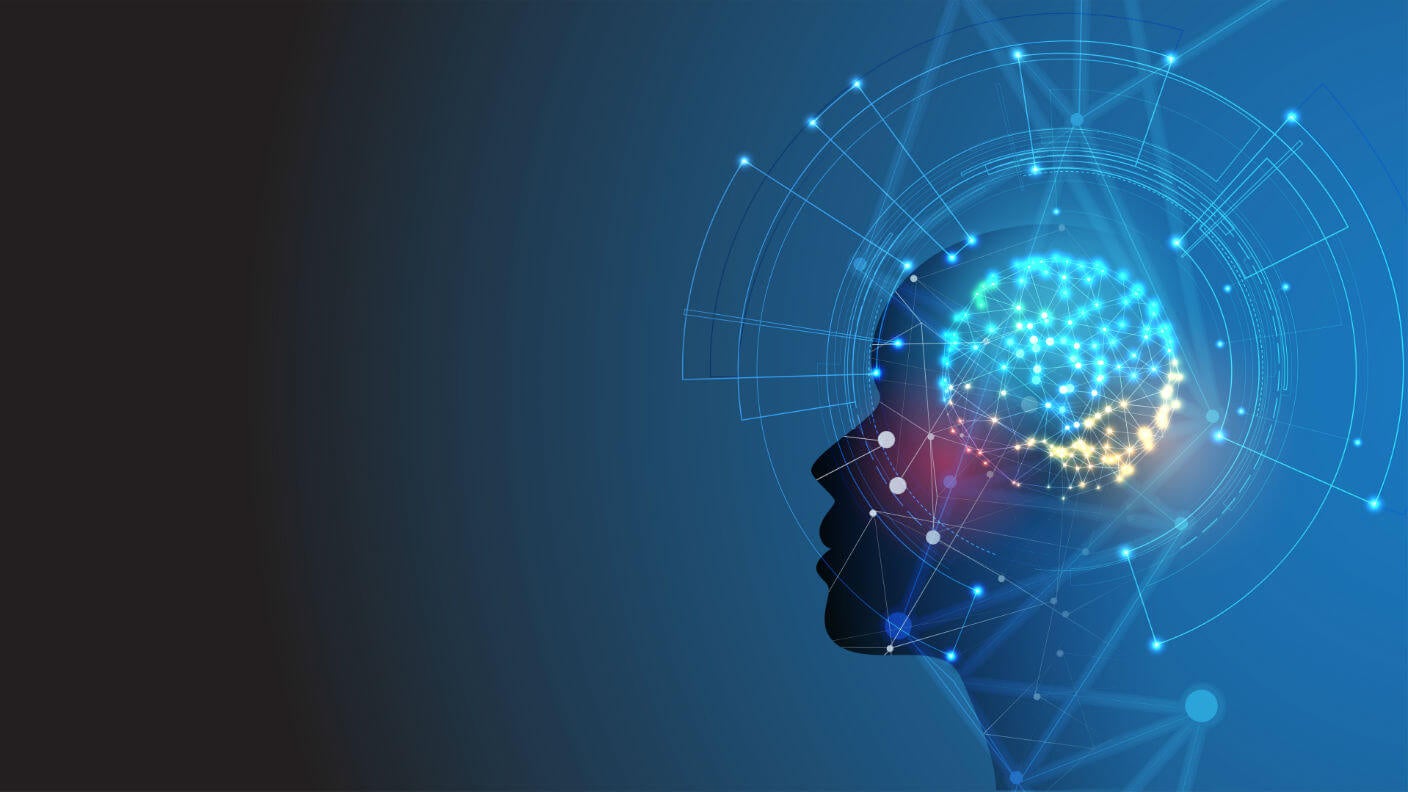
Photo from academic.microsoft.com
Social causality study on human action sequences is useful and important to improve our understandings to human behaviors on online social networks. The redundant indirect causalities and unobserved confounding factors,… Click to show full abstract
Social causality study on human action sequences is useful and important to improve our understandings to human behaviors on online social networks. The redundant indirect causalities and unobserved confounding factors, such as homophily and simultaneity phenomena, contribute to the huge challenges on accurate causal discovery on such human actions. A causal relationship exists between two persons, if the actions of one person are significantly affected by the actions of the other person, while fairly independent of her/his own prior actions. In this paper, we design a systematic approach based on conditional independence testing to detect such asymmetric relations, even when there are latent confounders underneath the observational action sequences. Technically, a group of asymmetric independence tests are conducted to infer the loose causal directions between action sequence pairs, followed by another group of tests to distinguish different types of relationships, e.g., homophily and simultaneity. Finally, a causal structure learning method is employed to output pairwise causalities with redundant indirect causalities eliminated. Empirical evaluations on simulated data verify the effectiveness and scalability of our proposals. We also present four interesting patterns of causal relations found by our algorithm, on real Sina Weibo feeds, including two new patterns never reported in previous studies.
Journal Title: IEEE Transactions on Neural Networks and Learning Systems
Year Published: 2017
Link to full text (if available)
Share on Social Media: Sign Up to like & get
recommendations!